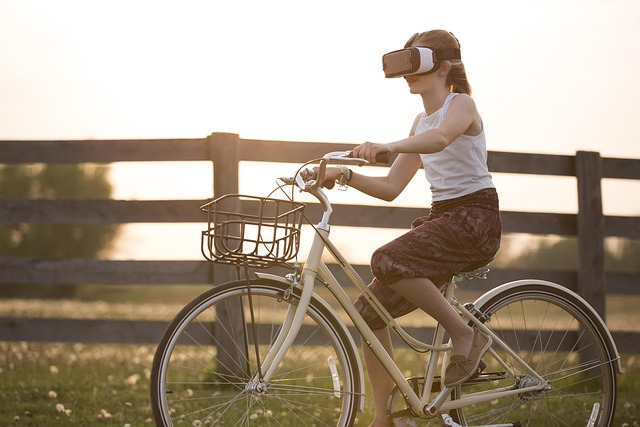The dawn of the 21st century witnessed an extraordinary surge in technological advancements, captivating our imagination and redefining the boundaries of human potential. Among these innovations, virtual reality systems have emerged as transformative tools, reshaping industries ranging from robotics to artificial intelligence (AI) and business automatization. This technological ecosystem invites individuals and organizations alike to harness the power of imagination, reengineering how we control and interact with machines.
In the robotics sector, virtual reality systems offer unparalleled possibilities for human-robot interaction. Through immersive environments, engineers and developers can visualize and manipulate robotic systems as if they were present in the same physical space. This capability enhances training regimes, allowing users to simulate complex tasks with precision. Imagine training a surgical robot or programming an industrial arm in a fully realized virtual environment without the risks or costs associated with real-world trials. Conversely, these systems facilitate the study of robotics in hazardous conditions, all while ensuring user safety. As we advance, we witness robotics stepping out of the realms of our minds into tangible reality, supported heavily by virtual reality systems that refine control and operational efficiency.
Artificial intelligence, often touted as the backbone of technological innovation, finds a staunch ally in virtual reality systems. By creating immersive training environments, AI algorithms can process and learn from rich, simulated datasets, improving their capabilities over time. Real-world applications range from predictive maintenance in manufacturing to engaging customer experiences in retail. For instance, a virtual reality system could help a customer visualize furniture in their living space before making a purchase—an intersection of AI and VR that personalizes user experiences while driving sales. This synergy not only augments decision-making processes but also amplifies brand loyalty—a crucial factor in today’s competitive marketplace.
Business automatization is also undergoing a metamorphosis as virtual reality systems become integral tools for process optimization. Companies leveraging virtual environments can simulate business operations, testing workflows, and making informed decisions before implementing changes. This reduces operational risks and accelerates the timeline for integrating new technologies. Think of a logistics company utilizing VR to visualize supply chain dynamics or an HR team conducting virtual reality onboarding for new hires, providing them with a realistic glimpse of their role without the traditionally steep learning curve. By converting mundane processes into engaging experiences, organizations cultivate a workforce that is both motivated and well-prepared.
As we venture deeper into the 21st century, it is evident that virtual reality systems will continue to shape the future landscape of control within various sectors. The intricate tapestry woven by robotics, AI, and business automatization not only enhances efficiency but also elevates the human experience. By marrying imaginative technology with practical application, we stand on the brink of a revolutionary era—where the boundaries of reality are expanded, and control is no longer limited to the physical realm. Embracing this exciting frontier promises to redefine how we interact with technology, paving the way for unprecedented advancements and creativity.




